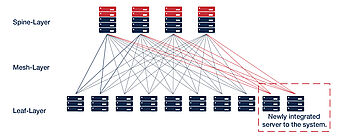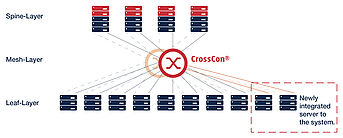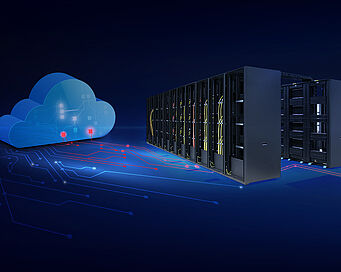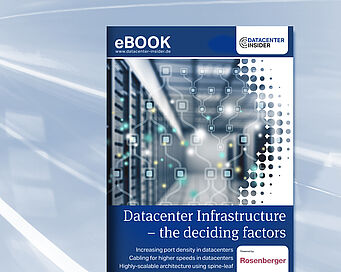Data centers have increasingly become the economic and social hub of many activities. Business processes, online shopping, gaming, or traditional e-mail correspondence could not work without them.
The corona pandemic has placed particular demands on digital centers. Within just a few weeks, data centers have become the platform for school and university operations, among other things. In order to reduce the incidence of infection even further, the healthcare system, police and disaster control agencies are also turning more and more towards digital exchange. And last but not least, companies have been and still are requiring the services of data centers, as more and more employees were and are working in the home office due to the lockdown and the potential danger of infection.
Virtualization and software defined data centers enabled data centers to adapt quickly and flexibly to the increased load and provide the necessary capacities. However, dynamic adaptation can only be successful if the underlying infrastructure can keep up. The infrastructure must be performant, flexible, fail-safe and expandable so that the high-performance software solutions, network operating systems and management solutions can unfold their full potential.





